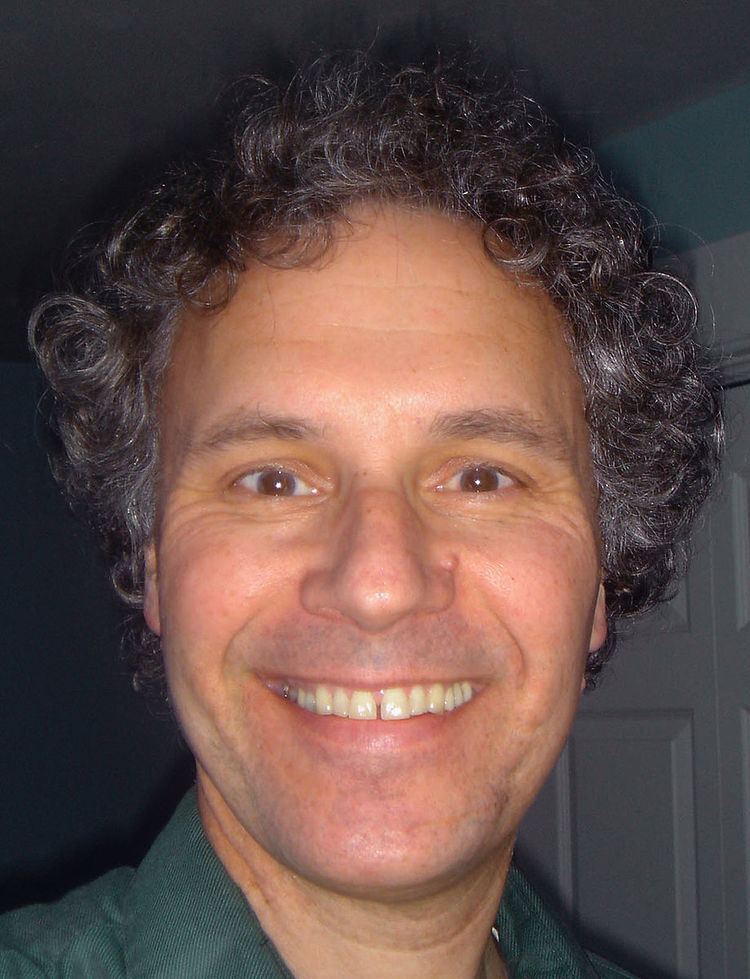Name Victor Ambros Role Developmental Biologist | ||
 | ||
Institutions M.I.T. Center for Cancer Research (1975-1976)Massachusetts Institute of Technology (1976-1979)Harvard University (1985-1992)Dartmouth College (1992-2001)Dartmouth Medical School (2001-2007)University of Massachusetts Medical School (2008-) Similar People | ||
"Incredibly central:" Victor Ambros on the role RNA in the history of life
Victor R. Ambros (born 1953, Hanover, New Hampshire) is an American developmental biologist who discovered the first known microRNA (miRNA). He is a professor at the University of Massachusetts Medical School in Worcester, Massachusetts.
Contents
- Incredibly central Victor Ambros on the role RNA in the history of life
- 2015 Breakthrough Prize Ceremony Victor Ambros Gary Ruvkun Kate Beckinsale Elon Musk
- Background
- Discovery of microRNA
- Awards
- References

2015 Breakthrough Prize Ceremony: Victor Ambros, Gary Ruvkun, Kate Beckinsale, Elon Musk
Background

Ambros was born in New Hampshire. His father was a Polish war refugee and Victor grew up on a small dairy farm in Vermont in a family of eight children, and went to school at Woodstock Union High School. He received his BS in Biology from the Massachusetts Institute of Technology in 1975 and completed his PhD in 1979 at the Massachusetts Institute of Technology, under the supervision of Nobel laureate David Baltimore. Ambros continued his research at MIT as the first postdoctoral fellow in the lab of future Nobel laureate H. Robert Horvitz. He became a faculty member at Harvard University in 1984 and moved to Dartmouth College in 1992. Ambros joined the faculty at the University of Massachusetts Medical School in 2008, and currently holds the title of Silverman Professor of Natural Sciences in the program in Molecular Medicine.
Discovery of microRNA
In 1993, Ambros and his co-workers Rosalind Lee and Rhonda Feinbaum reported in the journal Cell that they had discovered single-stranded non-protein-coding regulatory RNA molecules in the organism C. elegans. Previous research, including work by Ambros and Horvitz, had revealed that a gene known as lin-4 was important for normal larval development of C. elegans, a nematode often studied as a model organism. Specifically, lin-4 was responsible for the progressive repression of the protein LIN-14 during larval development of the worm; mutant worms deficient in lin-4 function had persistently high levels of LIN-14 and displayed developmental timing defects. However, the mechanism for control of LIN-14 remained unknown.
Ambros and colleagues found that lin-4, unexpectedly, did not encode a regulatory protein. Instead, it gave rise to some small RNA molecules, 22 and 61 nucleotides in length, which Ambros called lin-4S (short) and lin-4L (long). Sequence analysis showed that lin-4S was part of lin-4L: lin-4L was predicted to form a stem-loop structure, with lin-4S contained in one of the arms, the 5' arm. Furthermore, Ambros, together with Gary Ruvkun (Harvard), discovered that lin-4S was partially complementary to several sequences in the 3' untranslated region of the messenger RNA encoding the LIN-14 protein. Ambros and colleagues hypothesized that lin-4 could regulate LIN-14 through binding of lin-4S to these sequences in the lin-14 transcript in a type of antisense RNA mechanism.
In 2000, another C. elegans small RNA regulatory molecule, let-7, was characterized by the Ruvkun lab and found to be conserved in many species, including vertebrates. These discoveries confirmed that Ambros had in fact discovered a class of small RNAs with conserved functions. These molecules are now known as microRNA. Ambros was elected to the United States National Academy of Sciences in 2007. He was elected a Fellow of the American Academy of Arts and Sciences in 2011.
